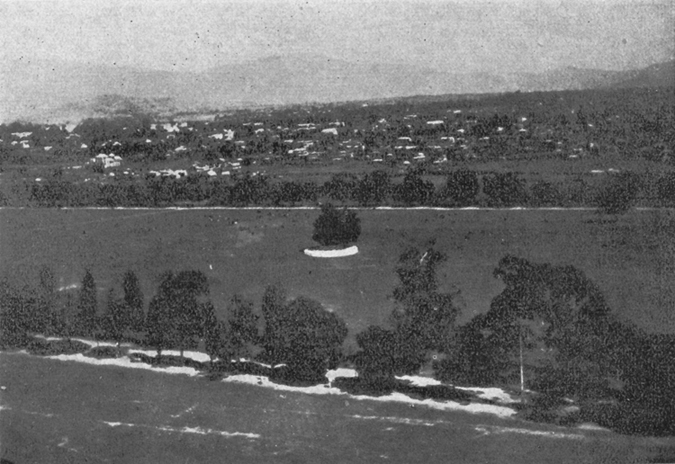Gurumapa on:
[Wikipedia]
[Google]
[Amazon]


 Gurumāpā (
Gurumāpā (


 Gurumāpā (
Gurumāpā (Nepal Bhasa
Newar (), or Newari and known officially in Nepal as Nepal Bhasa, is a Sino-Tibetan languages, Sino-Tibetan language spoken by the Newar people, the indigenous inhabitants of Nepal Mandala, which consists of the Kathmandu Valley and surro ...
:) (Devanagari
Devanagari ( ; , , Sanskrit pronunciation: ), also called Nagari (),Kathleen Kuiper (2010), The Culture of India, New York: The Rosen Publishing Group, , page 83 is a left-to-right abugida (a type of segmental Writing systems#Segmental syste ...
:गुरुमापा) is a mythical creature in the folklore of Nepal Mandala
Nepal Mandala ( ne, नेपाल मण्डल) is an ancient confederation on the Indian subcontinent, marked by cultural, religious and political boundaries which lies in present-day central Nepal. It consists of the Kathmandu Valley an ...
. According to legend, he is said to take away disobedient children, and so was banished to a field in Kathmandu
, pushpin_map = Nepal Bagmati Province#Nepal#Asia
, coordinates =
, subdivision_type = Country
, subdivision_name =
, subdivision_type1 = Province
, subdivision_name1 = Bagmati Prov ...
.
The story of Gurumapa is one of the most well known folk tales in Newar
Newar (; new, नेवार, endonym: Newa; new, नेवा, Pracalit script:) or Nepami, are the historical inhabitants of the Kathmandu Valley and its surrounding areas in Nepal and the creators of its historic heritage and civilisatio ...
society. He is depicted as a giant with a terrifying face and protruding fangs.
The legend
Kesh Chandra
The story starts with an inveterate named Kesh Chandra who lived in Itumbaha, a sacred courtyard in central Kathmandu. After he had gambled away all of his property, he went to live with his sister. When he stole even the plate on which his lunch was served to gamble, his sister, wishing to teach him a lesson, served his rice on the floor. Deeply hurt, Kesh Chandra gathered up the food in a handkerchief and walked a long distance to the woods outside the city. Feeling hungry, he unwrapped the rice, and found that it had turned bad and there were maggots all over. So he spread the food to dry in the sun and dozed off.Droppings turn to gold
When Kesh Chandra awoke, he found that pigeons had eaten everything. He was so saddened that he broke into tears. Taking pity on him, the pigeons left their droppings which turned into gold. There was so much gold that he couldn't carry it all. As he was pondering what to do, he saw Gurumapa, a man-eating giant that lived in the forest, approaching. He had been attracted by the smell of prey. Kesh Chandran pacified him by calling him uncle, and persuaded him to carry the gold to his home with the promise of a feast and the right to take away children if their parents called him whenever they were bad. Kesh Chandra took Gurumapa home to Itumbaha and let him live in the attic. As the years passed, children started disappearing whenever their parents warned them that Gurumapa would come and get them.Banished to Tundikhel
The local residents then decided that it was not safe to keep Gurumapa in the neighborhood. They promised to provide him an annual feast of boiled rice and buffalo meat if he agreed to live on the field of Tinkhya (Tundikhel
Tudikhel or Tundikhel ( Nepali: टुँडिखेल; Nepal Bhasa: 'Tinikhya', तिनिख्यः) is a large grass-covered ground in the center of Nepal's capital Kathmandu and one of its most important landmarks. The field is rectangu ...
). And so the giant was persuaded to move out. To this day, the people of the locality prepare a feast on the night of Holi for Gurumapa and leave it on the field which is now a parade ground.
References
{{Authority control Nepalese legendary creatures Newar Mythic humanoids Demons Asian folklore Nepalese fairy tales